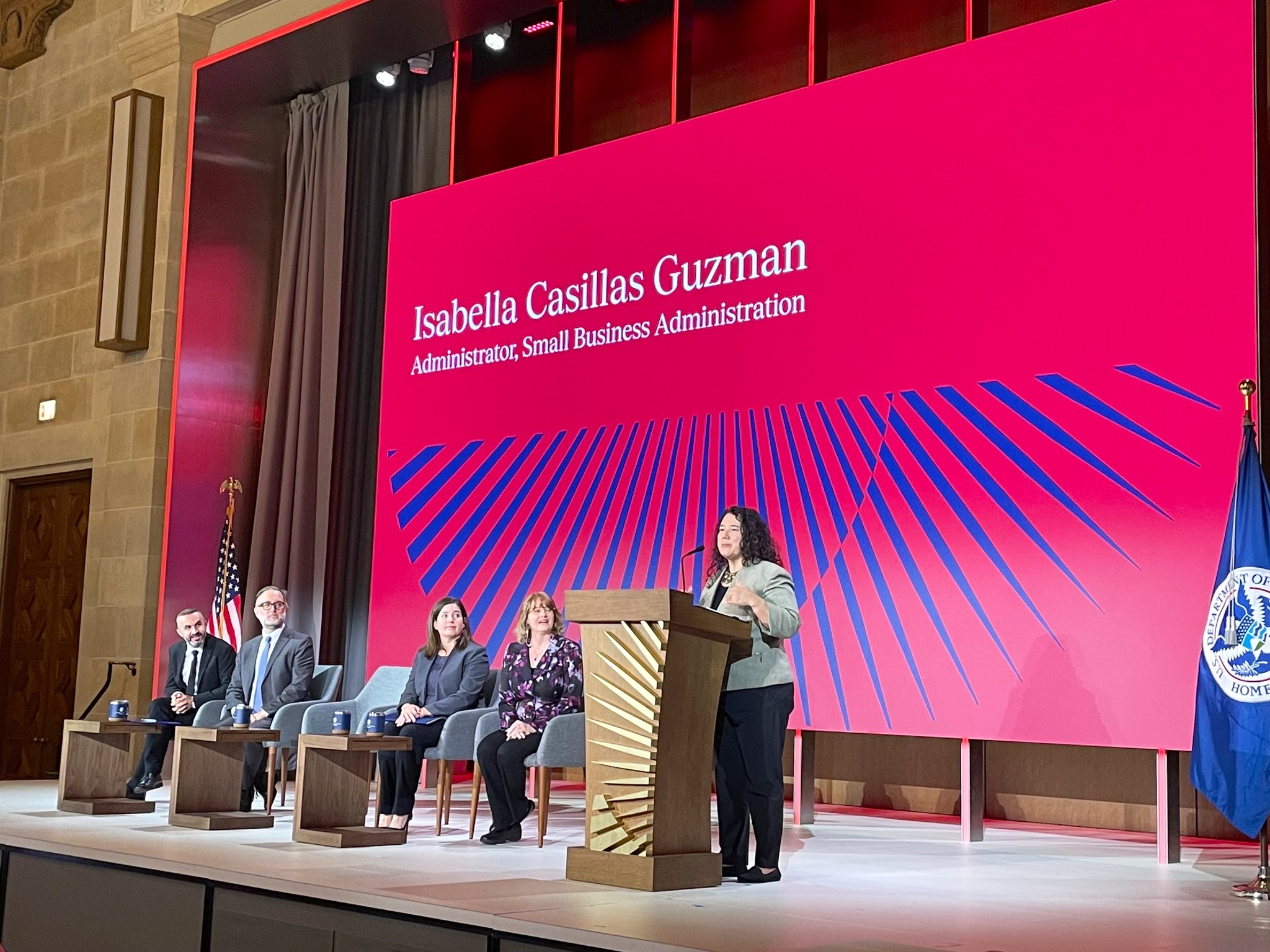
Breastfeeding at work, is it possible?
Mothers from all over the world celebrate World Breastfeeding Week by demanding more opportunities to breastfeed their kids after their maternity leave ends.
Breastfeeding it’s a sensitive subject these days. A few months ago, different groups of mothers organized several protests against restaurants and stores that forbade breastfeeding in public. Some celebrities joined the cause sharing in social media and in fashion editorials pictures of themselves breastfeeding their children.
Now, women all over the world are celebrating World Breastfeeding Week (August 1-7) by demanding more opportunities to breastfeed their kids after the maternity leave ends.
The World Health Organization (WHO) has requested the government to extend the duration of maternity leaves all over the world by at least 4 months, with the hopes of making it easier on those women who decided to breastfeed.
WHO also emphasized finding a balance between work and maternity duties. The organization recommends breastfeeding only with milk at least during the first six months of newborn’s life.
#YoSacoPecho campaign
The Inter-American Development Bank has released a social media campaign in Latin America to spread awareness about breastfeeding and its benefits to the health and development of newborn children.
The organization, that has created the hashtag #YoSacoPecho (a play on words in Spanish), encourages women to share pictures breastfeeding their babies on Twitter.
The campaign was created with the aim of convincing women to choose and to be proud of breastfeeding. According to WHO, only 12.6 percent of mothers in the United States choose to breastfeed their kids during the first six months. The percentage reaches up to 46.8 in Colombia and 69.9 percent in Peru, while in Mexico only 20.3 percent of women exclusively breastfeed their children.
México #YoSacoPecho porque la naturaleza me dió el don de fabricar alimento para mi hija, 7 meses de LME @BIDgente pic.twitter.com/9dZAN4ktzg
— Gabie♡ (@gabiieHdeez) August 6, 2015
What about paternity leave?
More countries are trying to offer a paternity leave option as well. In some european countries like Sweden, paternity leave is more common. Mothers and fathers have one year and a half years of shared maternity/paternity leave.
In the U.S., big companies are trying to improve their parental leave policies. Microsoft has announced that from Nov. 1 it will be offering 100 percent paid parental leave for both mothers and fathers.
This Tuesday, Netflix made a move offering unlimited maternity and paternity leave paid during the first year of child life.










LEAVE A COMMENT:
Join the discussion! Leave a comment.